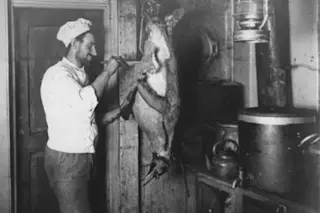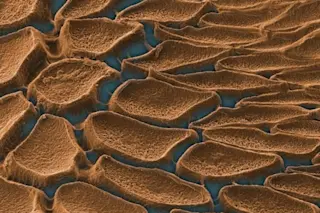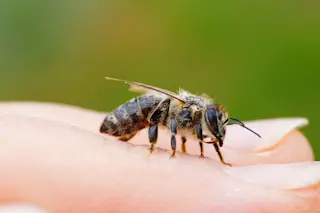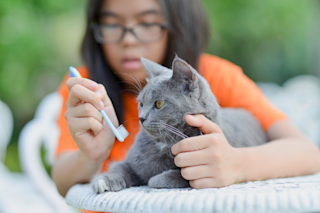An Emperor penguin being skinned on board the Endurance.
Imagine you’re in Antarctica. It’s cold. You’re cold. Your joints ache, old wounds are reopening to ooze pus, and your teeth loosen, threatening to fall out one or two at a time. What do you feel like eating? How about “a piece of beef, odiferous cod fish and a canvas-backed duck roasted together in a pot, with blood and cod-liver oil for sauce?”
If this sounds delicious, then your stomach serves you well. That’s how famous polar explorer Frederick Cook described the taste of penguin meat, and that is how you cure yourself of scurvy in Antarctica when fresh vegetables are nowhere to be found. Fresh meat—lightly cooked or raw—contains vitamin C, whose deficiency causes scurvy and the delightful symptoms described above.
Unfortunately for turn-of-the-century Antarctic explorers, most expedition leaders were not as enlightened as Cook and many a man succumbed ...














